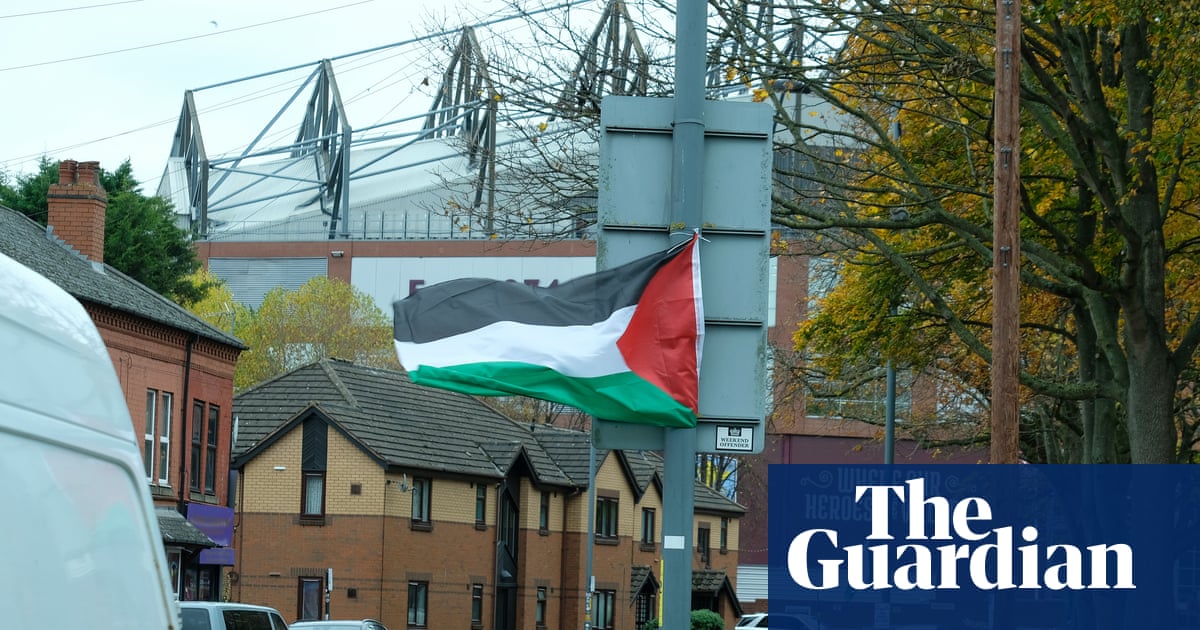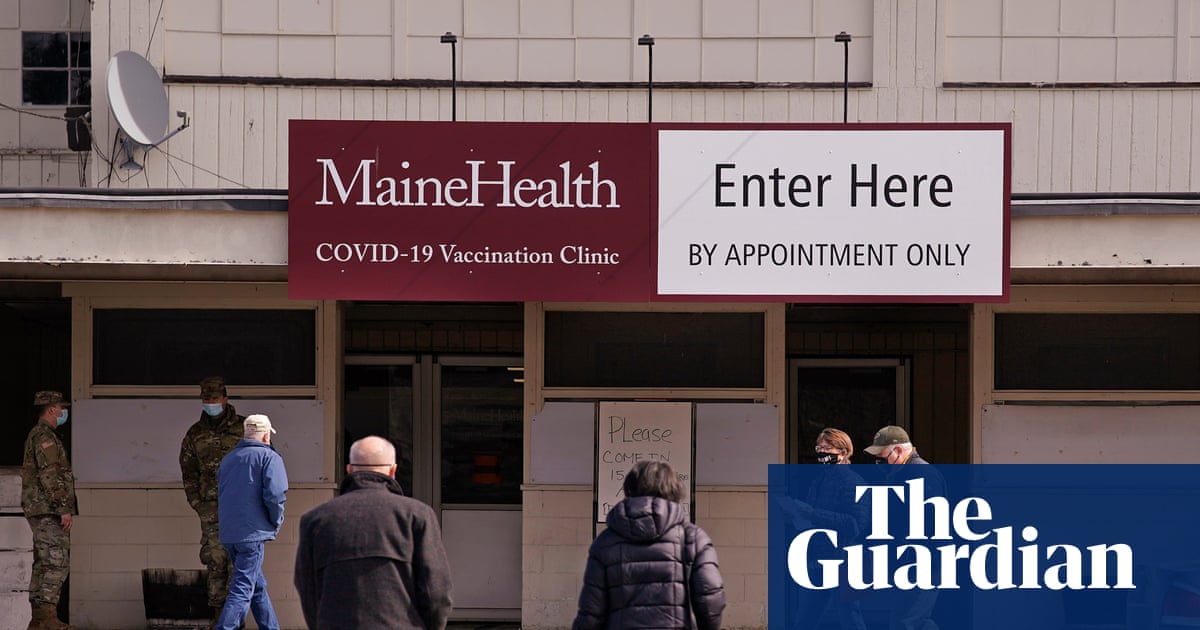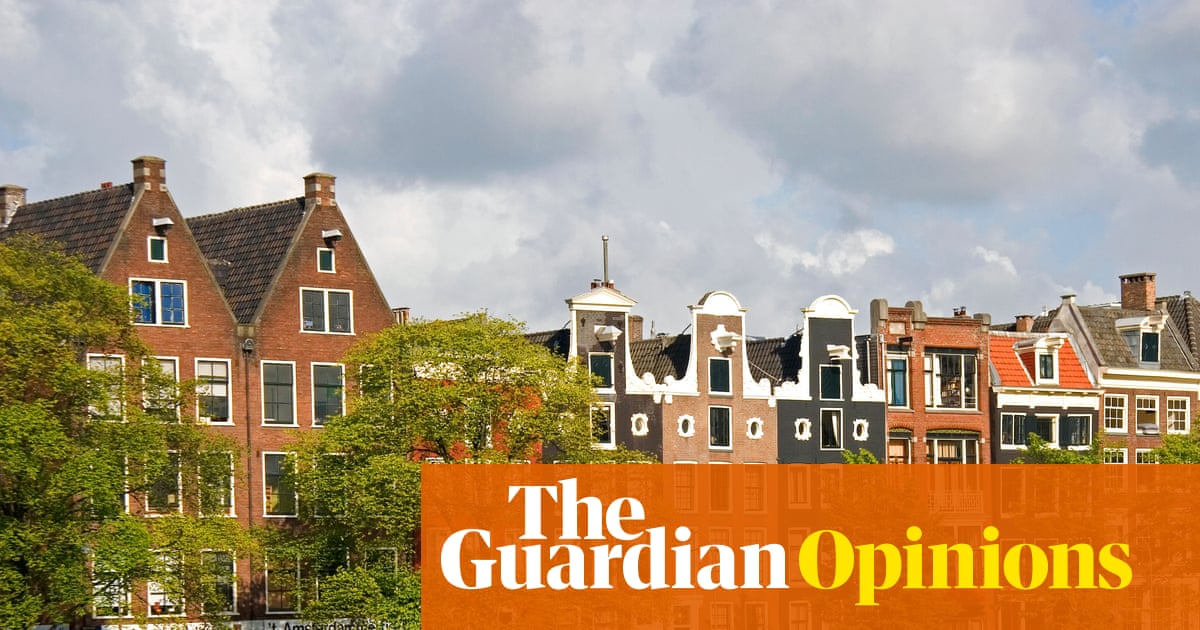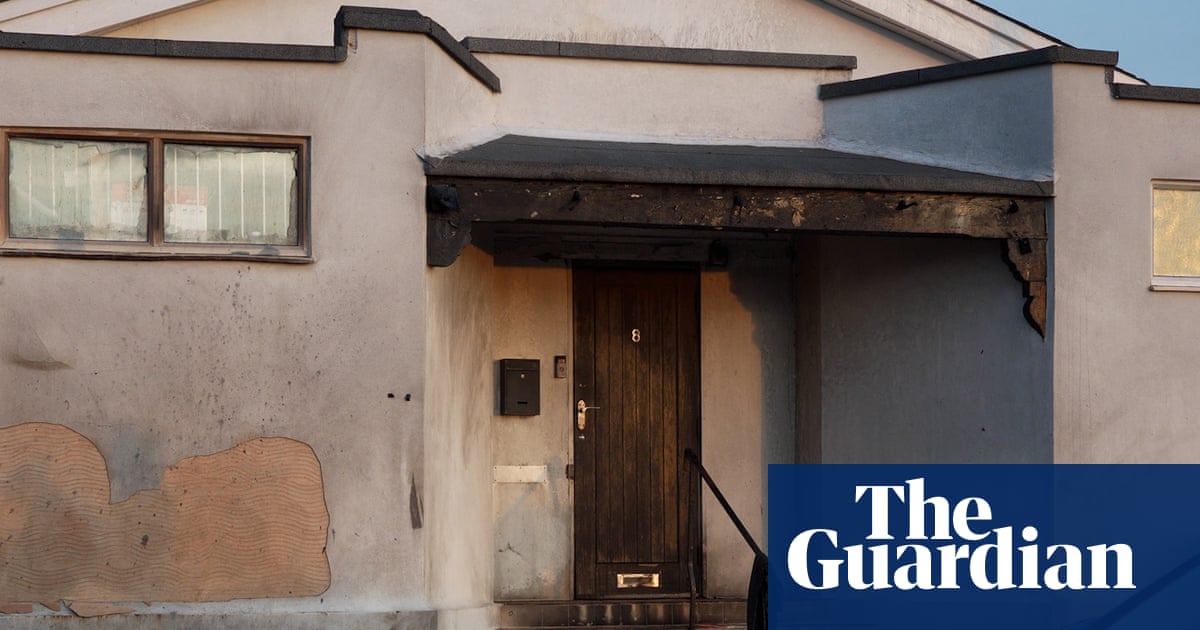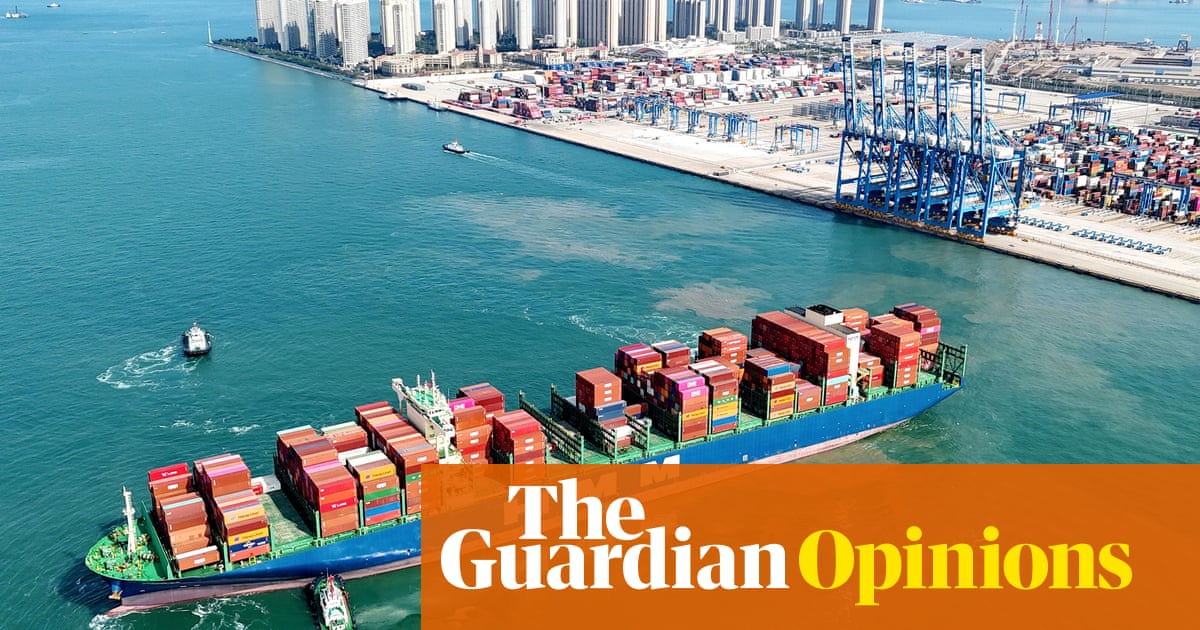They were places of crushing hardship for the poorest people in Britain for centuries but a new report highlights how closely workhouses in England and Wales were linked with slavery and British imperialism.
Workhouses, perhaps best known in popular culture through the Charles Dickens story Oliver Twist, were routinely funded and administered by people involved in the slave trade, the study says.
Ideas and methods were shared between workhouses and plantations and inmates working in the British institutions produced fabric for enslaved people and material that kept slave ships watertight.
Andrew Williams, one of the authors, based at Cardiff University’s school of geography and planning, said: “We can’t tell the story of British welfare without acknowledging its deep entanglement with empire and slavery.
“Attention has been given to the big charitable legacies tied to the transatlantic slave trade, but this new research highlights the more subtle and everyday ways in which the state management of poverty in Britain was inextricably underwritten by slavery-derived wealth and colonial exploitation.”
Published in the journal Antipode, the research introduces the concept of what it calls “the workhouse-plantation nexus”, illustrating that many workhouses and colonial plantations were fundamentally interlinked.
The research focuses on one of Britain’s first workhouses, established in the slaving port of Bristol in 1696. Its “success” was largely due to “substantial” financial support from prominent slavers, among them Edward Colston, whose statue was toppled and dumped in Bristol harbour in 2020,
In the early 18th century, Liverpool’s demand for poor relief led to the procurement of lodgings from individuals deeply embedded in the slave trade including Bryan Blundell, a prominent tobacco merchant, privateer, and slave shipowner.
The research describes how workhouses directly supported the slave economy by producing textiles to be sent to plantations and oakum, which was made from old ropes and used for sealing gaps in the timbers of slave ships.
In addition, workhouse inmates in Bristol and elsewhere were transported to Britain’s colonies as a source of indentured labour, boosting the profits of planters and allowing them to purchase more enslaved people.
The new study challenges the argument that the experiences of some of the White British people in workhouses could be compared with what enslaved people endured.
Williams said: “There has been a false equivalence made between the horrors of chattel slavery and the harsh conditions endured by paupers in the British workhouse.
“In some quarters, the suffering of British paupers is used to dismiss notions of white privilege and downplay the need for slavery reparations. It is quite clear we shouldn’t make this false comparison.”
Williams also suggested links between the workhouses and big business profiting from running prisons and immigration detention centres, though their paper accepted more work needed to be done on these points.
The research involved combing the minutes of workhouse meetings available via the National Archives and historical records in the ports of Bristol, Liverpool and London to identify workhouse administrators and links to colonial ventures.
-
The paper Racial Capitalism and the Workhouse–Plantation Nexus in the Atlantic World was published in Antipode.

 1 month ago
42
1 month ago
42


